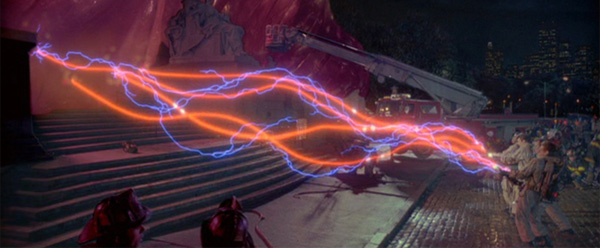http://www.newscientist.com/article/mg2 ... VJQEt14gKATABLE-TOP particle accelerators can now rival the real thing. A laser-powered device just centimetres long can boost electrons to energies previously seen only in giant smashers.
The world's biggest accelerator, the Large Hadron Collider at CERN near Geneva, Switzerland, is a 27-kilometre ring that next year will slam particles together at energies of 13 teraelectronvolts (see "2015 Preview: Rebooting the particle smasher"). But even standard-size facilities require tunnels hundreds of metres long to reach gigaelectronvolt (GeV) energies.
Physicists have been working to develop accelerators that could run on an ordinary lab bench. Now Wim Leemans of the Lawrence Berkeley National Laboratory in California and his colleagues have got particles in their 9-centimetre-long device up to 4.2 GeV (Physical Review Letters, doi.org/xpr).
The trick is to use a high-powered laser pulse to create waves in a plasma, which electrons can ride like surfers. The team were able to better control their waves than in previous table-top accelerators, letting them build a longer tube and thus reach higher energies. More advanced lasers are needed to sustain the pulses before big facilities can be replaced, says Leemans.
Paper:
http://dx.doi.org/10.1103/PhysRevLett.113.245002ABSTRACT
Multi-GeV electron beams with energy up to 4.2 GeV, 6% rms energy spread, 6 pC charge, and 0.3 mrad rms divergence have been produced from a 9-cm-long capillary discharge waveguide with a plasma density of ≈7×1017 cm−3, powered by laser pulses with peak power up to 0.3 PW. Preformed plasma waveguides allow the use of lower laser power compared to unguided plasma structures to achieve the same electron beam energy. A detailed comparison between experiment and simulation indicates the sensitivity in this regime of the guiding and acceleration in the plasma structure to input intensity, density, and near-field laser mode profile.
No preprint I think, unfortunately.

